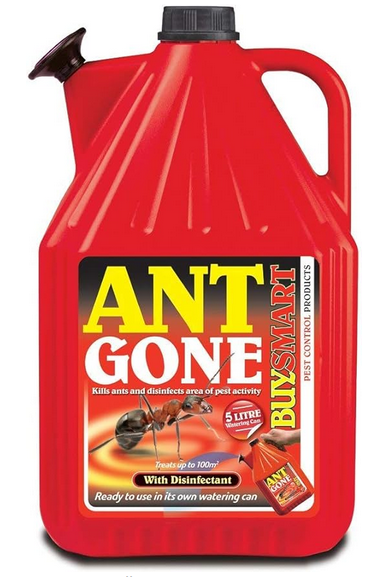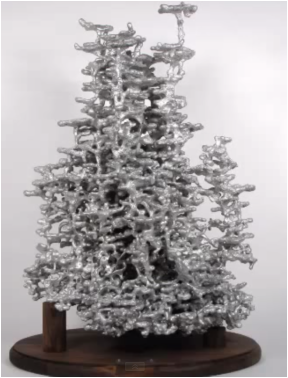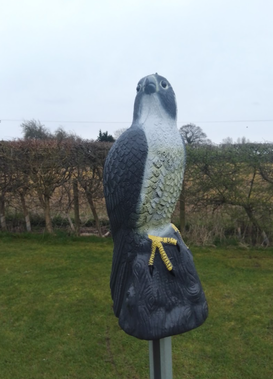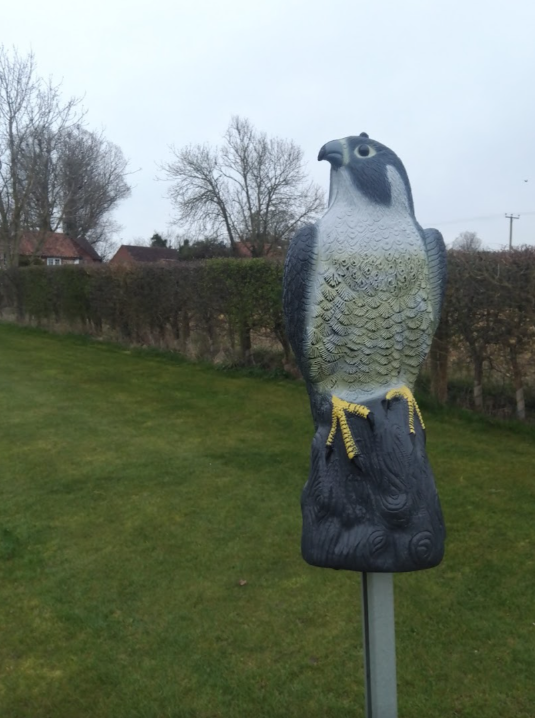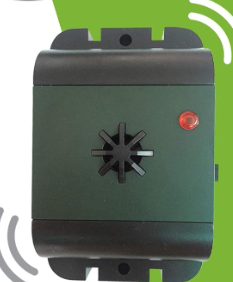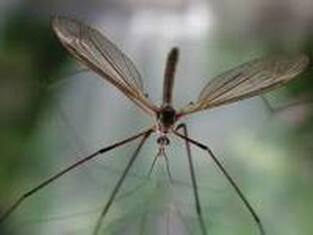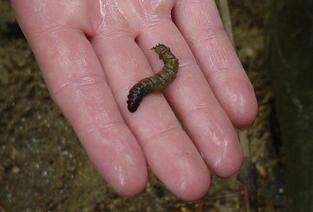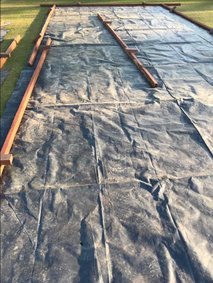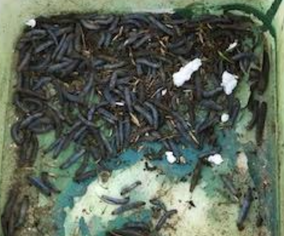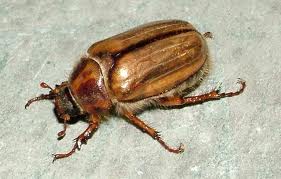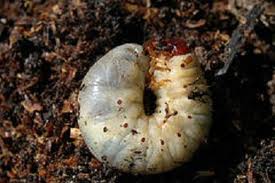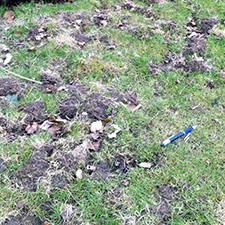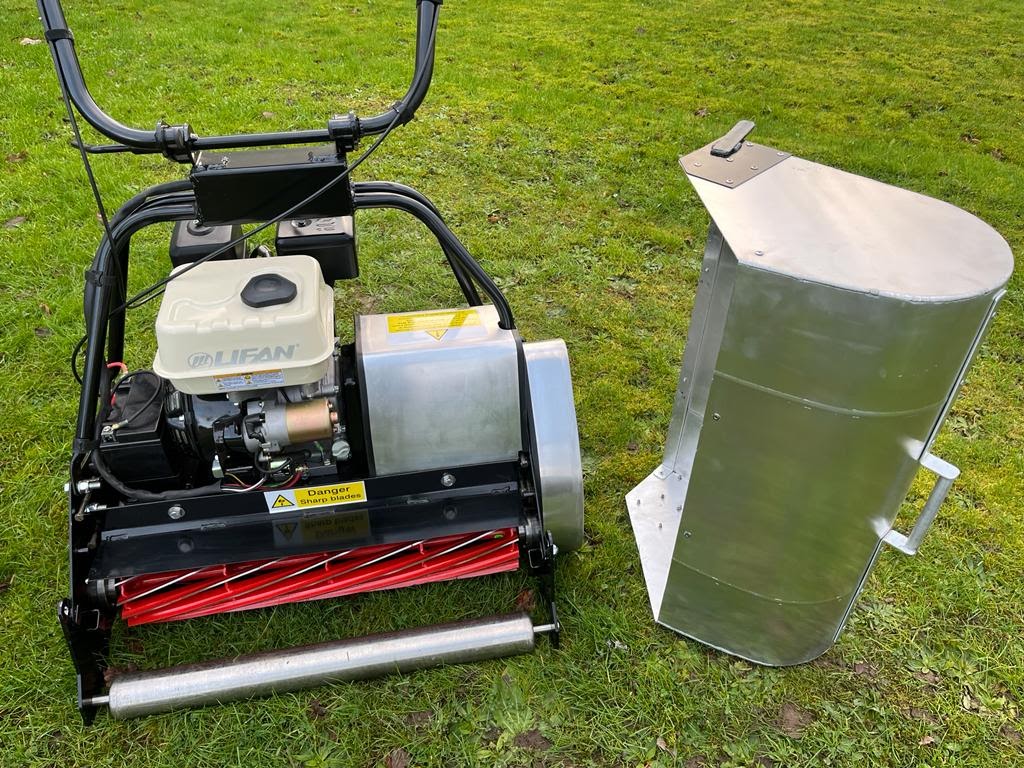Worms
There are some 28 species of worm found in UK soil of which only four are of the casting variety. They are surface feeders and the ones that can spoil the playing surface leaving patches of bare soil after mowing. Casting worms do aerate the lawn but can also cause extensive disruption to the playing surface. In extreme circumstances burrowing animals such as moles and badgers can destroy huge areas of turf in their search for worms.
Until now pesticides have been the only effective method of control but these have been withdrawn from the market and are no longer available. However, new methods of controlling worms have evolved and do not require the application of pesticides.
In essence the maintenance programme must address the rootzone condition and convert it into an environment that is not favoured by casting worms. The objective isn't to kill worms, just to persuade them to go elsewhere. The most economic approach is to incorporate a root zone conditioner into the annual maintenance programme. A suitable product is in my shop, click here SOIL CONDITIONER
There are some 28 species of worm found in UK soil of which only four are of the casting variety. They are surface feeders and the ones that can spoil the playing surface leaving patches of bare soil after mowing. Casting worms do aerate the lawn but can also cause extensive disruption to the playing surface. In extreme circumstances burrowing animals such as moles and badgers can destroy huge areas of turf in their search for worms.
Until now pesticides have been the only effective method of control but these have been withdrawn from the market and are no longer available. However, new methods of controlling worms have evolved and do not require the application of pesticides.
In essence the maintenance programme must address the rootzone condition and convert it into an environment that is not favoured by casting worms. The objective isn't to kill worms, just to persuade them to go elsewhere. The most economic approach is to incorporate a root zone conditioner into the annual maintenance programme. A suitable product is in my shop, click here SOIL CONDITIONER
|
Ant Hills
During the playung season, my croquet lawn becomes home to numerous ant hills. After experimenting with various products, I've discovered that the most efficient and affordable solution is Ant Gone. This product is conveniently available online and comes in a container equipped with a watering can-type rose. Personally, I find it most effective to apply Ant Gone using a knapsack sprayer like the SportTurf B20. By directing a powerful spray directly onto each ant hill, almost touching it with the nozzle, I can effectively disperse the hill and inject some of the product into the nest. It isn't a 100% effective and it is usually necessary to spray again a week or two later and do occasional follow-up sprays if new anthills appear. |
I discovered this video on You Tube which shows exactly what a fire ant nest looks like. Although this was filmed in the USA I imagine that it is representative of the ant nests that we get in the UK and shows just what we are up against. From this it seems that a number of ventilation shafts emanate from each nest.
Frit Fly and Leather Jackets
|
Chloropidae is the family of flies that are known as Frit Flies or Grass Flies. These small flies are usually black or yellow in colour and, as their name suggests, often inhabit grass areas. In spring the larvae can destroy the central stems of turf grasses such as bents, fescues and ryes. Sometimes there can be large infestations and these can cause significant areas of grass to turn yellow. The main damage is from birds, especially rooks and crows. They dig for the grubs and make numerous 50p size holes in your croquet lawn. Leather-jackets are the larvae of the Crane Fly, commonly known as Daddy Long Legs. They attack grass plants at or below ground level which then die off rapidly. Over winter damage becomes visible in the spring. They make an attractive meal for crows which peck quite large holes in their daily search for food. Leather Jackets can be controlled by using Acelepryn which is now available for amenity and residential use. Users must be registered and have pesticide certification. For croquet lawns it can be used to cover a maximum of 10% of the area. The smallest quantity available is 600ml which costs £900 (2023) and covers 10,000 sq metres. You may find a local contractor who can apply the product for you. Chafers should be treated from June to August and Leatherjackets September to October. A low cost method of preventing bird damage is to is to use dummy birds of prey. This year my lawn has been attacked for the first time with up to about fifty rooks at a time pecking holes in the croquet lawn (March 2023). There is a large rookery nearby so my lawn is an easy target. As an experiment, I bought a plastic falcon (£8.50) and mounted it on a pole. For a few days the rooks chose the neighbouring field rather than my croquet lawn but then a brave pair returned. I moved the falcon to a different spot a few yards away and so far, no rooks. If this doesn't work, I am considering an isotronic scarer from Amazon. The advantage is that if it doesn't work, it can be returned and refunded. I will update this page as soon as I have results. There is a sheeting method that is widely used by golf clubs and it has been tested by Ryde Croquet Club. They found this to be an excellent way of dealing with Leather Jackets. They cover the area with black plastic or tarpaulin overnight. This causes the grubs to come to the surface. In the photos below they covered 25 sq metres and, the next morning, they got about 200 Leather Jackets. On a good day they get 400. |
Chafer Grubs
Chafer grubs are the larvae of the chafer beetle and they feed on the roots of grasses and other plants. Infestations can be very localised and sporadic and usually occur between autumn and spring. Areas of lawn might become yellowish and considerable damage can be done by crows, foxes and badgers feeding on the grubs. There are two ways of dealing with this problem, Nematodes which are applied in August to October, they are environmentally safe and do not require a licence or DEFRA registration. Leather Jackets can be controlled by using Acelepryn which is now available for amenity and residential use. Users must be registered and have pesticide certification. For croquet lawns it can be used to cover a maximum of 10% of the area. The smallest quantity available is 600ml which costs £900 (2023) and covers 10,000 sq metres (£9 per 100 sqm). You may find a local contractor who can apply the product for you.
Chafer grubs are the larvae of the chafer beetle and they feed on the roots of grasses and other plants. Infestations can be very localised and sporadic and usually occur between autumn and spring. Areas of lawn might become yellowish and considerable damage can be done by crows, foxes and badgers feeding on the grubs. There are two ways of dealing with this problem, Nematodes which are applied in August to October, they are environmentally safe and do not require a licence or DEFRA registration. Leather Jackets can be controlled by using Acelepryn which is now available for amenity and residential use. Users must be registered and have pesticide certification. For croquet lawns it can be used to cover a maximum of 10% of the area. The smallest quantity available is 600ml which costs £900 (2023) and covers 10,000 sq metres (£9 per 100 sqm). You may find a local contractor who can apply the product for you.

